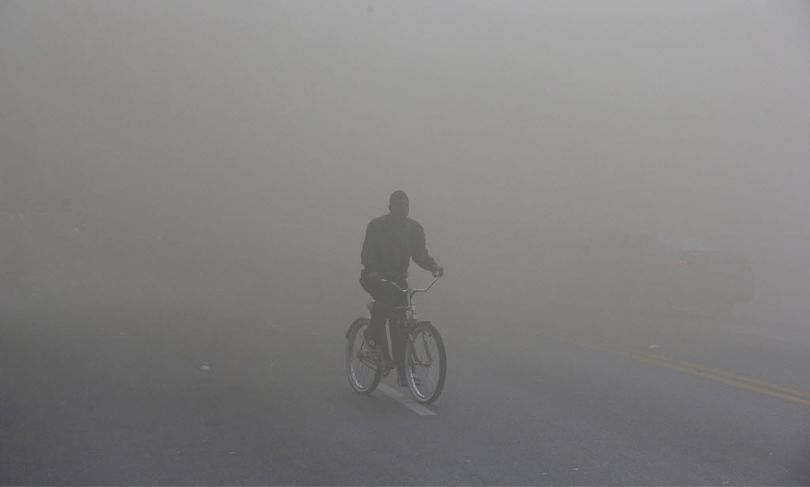The Los Angeles bike highway that never was

In 1899, a madman/visionary/cyclist/entrepreneur named Horace Dobbins dreamed up an idea to build a nine-mile long bike highway in the middle of Southern California. It didn't work, but its idea presaged the highways we know today - those for motorists.
Gizmodo tells the tale of this highway that became more than an idea, though was never fully completed. The California Cycleway would have connected Los Angeles to Pasadena on an elevated, dedicated bike path. It reminds of our own elevated 'ways: Interstate 90 and the railway viaduct. Which reminds of this.
Gizmodo, a technology blog, posted an excerpt from the new book LAtitudes: An Angeleno’s Atlas, by Dan Koeppel.
Check it out. It's fascinating. Here's a little taste:
Horace M. Dobbins plunged the shovel into the ground. It was November 1899, and in the decade since he’d arrived in Southern California, the Philadelphia native had become a prominent citizen in Pasadena, the city of which he would later be elected mayor. But for now, the thirty-one-year-old entrepreneur was launching what he believed would be a revolutionary and lucrative venture.
“The earth turns,” he intoned, tossing a clump of dirt to the side, “and we turn the earth.”
The crowd cheered. Bugles rang out. Within a year, Dobbins promised, something similar to Columbus’s short route to the Orient would rise above the hills of the Los Angeles basin. His “Cycleway” was designed to swiftly and conveniently transport people between a pair of key urban centers: the old colonial plaza in Downtown Los Angeles, and Pasadena, the burgeoning, modern suburb to the north that then rivaled the older city in size and ambition. The Dobbins route—which neatly anticipated and presaged the automotive freeways that now stretch across the region—would be a modern marvel. It would boast a state-of-the-art toll-collecting system. It would be elevated fifteen feet above the ground; the limited access would ensure that traffic flowed smoothly. “It can be said,” wrote the Los Angeles Times of the ground breaking, “that none of the new Southern California enterprises will ...be more certain of financial success. The wheel must have a path of its own between these two cities.”
"An 1899 Plan to Build A Bike Highway in Los Angeles (And Why It Failed)"
